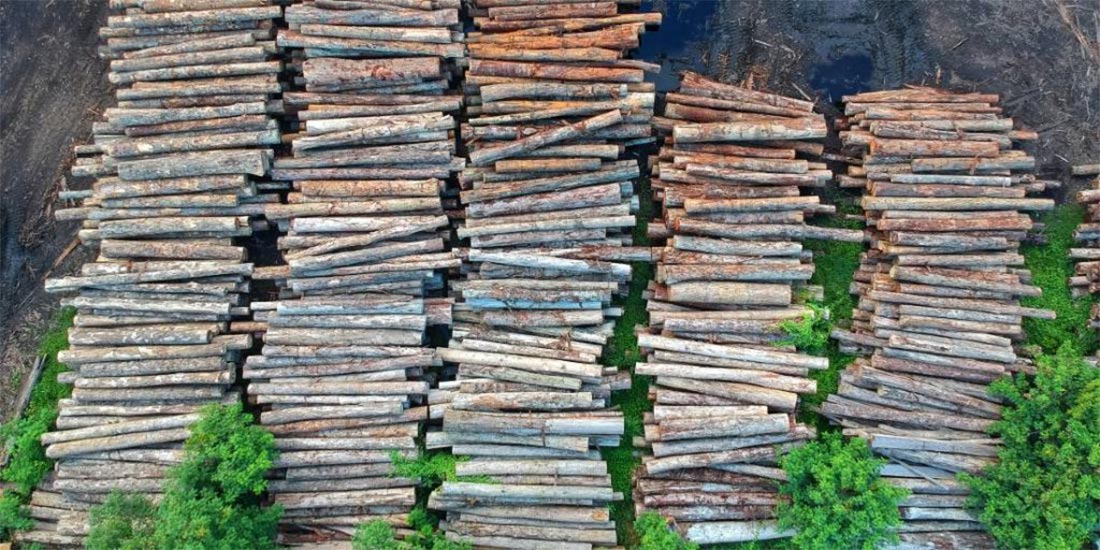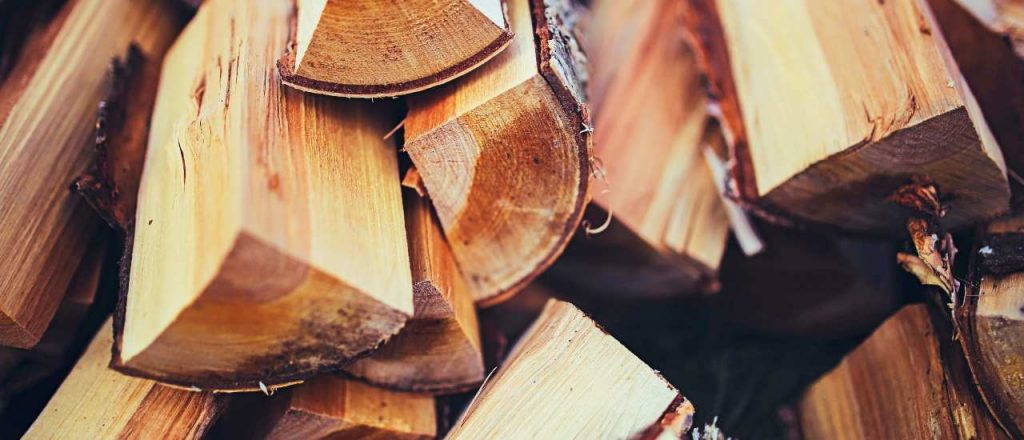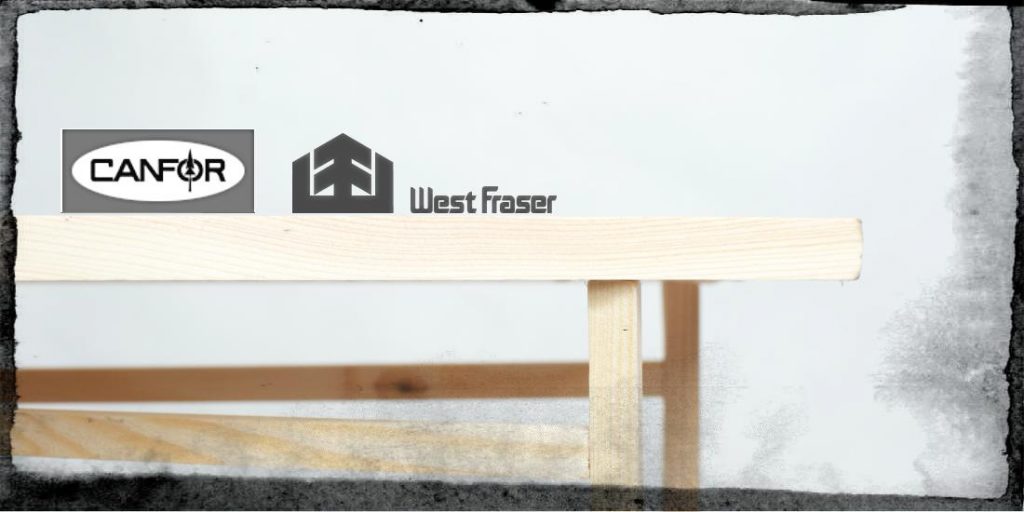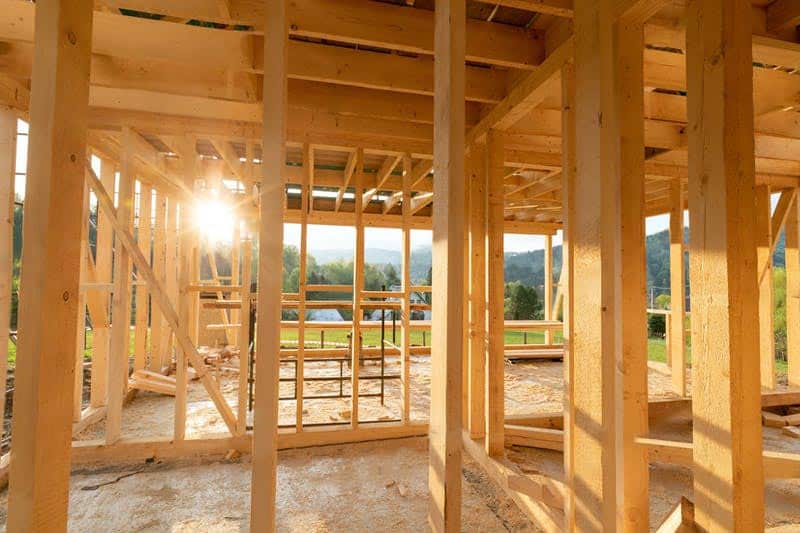What Everyone Must Know About Lumber Prices in Canada


In the early months of 2021, lumber prices in Canada surged to record highs. This was primarily due to a boom in the housing market and a drop in supply caused by pandemic lockdowns.
How High Did Lumber Get?
Lumber futures traded at an all-time high in 2021 at $1,734 US per thousand board feet. This is four times higher compared to 2020 prices. If you visited home improvement stores like Home Depot, Lowes or Home Hardware you know what we are talking about.
While the current price has fallen, the real story is what occurred until now and how we can learn from it.
Why Are Lumber Prices So High in Canada?

This question hits at the core of a story that has been years in the making. COVID-19 simply ignited the so-called pricing tinder box.
Let’s take a look at the main causes for high lumber prices in British Columbia, Ontario and the rest of Canada.
Let’s Dig Into Each One.
Pandemic and Canadian Wood Prices
As shutdowns, shut-in, locked-in; whatever we may call it, occurred nearly all outdoor labour also came to a halt. At least temporarily.
As such, the production of lumber stopped causing major shifts in consumer behaviour and financial markets. Investors, day traders in Canada and financial institutions became more bearish in bonds and lower-risk investments. This has led to many affluent people diversifying their portfolios to attract more long-term growth.
This is where low-interest rates come into play. So, how are low-interest rates, housing and lumber connected? Well, the question basically infers their relationship and it’s exactly what happened throughout the county.
You guessed it, more people purchased homes.

Demand – What Does This Mean for the Housing Market?
Many homes are sold above the asking price.
The pandemic has established new norms when it comes to working from home. It’s more accurate to say work from anywhere. With a solid internet connection, many employees can manage their day-to-day from the comfort of their homes.
So, for those unwilling or uninterested to sit in traffic or deal with the hustle and bustle of the city or fear a face-to-face working environment, many have moved out. Where is out? Well, out of the city.
The amount of property that has been grabbed up in suburbs and rural areas is unprecedented. The open-air, rolling hills or whatever you gravitate to is attractive. Even for those looking to own a second home or rentals.
Ask any real estate agent across North America. These are unprecedented times. As houses are not only selling in mere days or less, the prices of these homes are sold well above the asking price. Sometimes as much as 25% higher. There are bidding wars left and right.
Lumber Companies Report Record Earnings

Some of British Columbia’s biggest lumber producers recently released quarterly earnings. Both Canfor (TSE: CFP) and West Fraser Timber (WFG) have reported record earnings.
Canfor by far exceeded expectations with the record high second-quarter sales of $2.5 billion.
Canfor lumber set a record as well for Q2 compared to Q1 with an increase for the lumber segment, earnings increased $393.8 million quarter-over-quarter, to an all-time and a record high of $1,000.5 million.
West Fraser Timber reported 2021 second-quarter results on July 28. The diversified wood products company produces lumber, engineered wood products (OSB, LVL, MDF, plywood, and particleboard) amongst other products.
Compared to Q1, sales increased 61% and EBITDA (Earnings Before Interest, Taxes, Depreciation, and Amortization) increased by 114%. Of that amount lumber generated $955 million operating earnings and EBITDA of $994 compared to $607 and $646 million in Q1 of this year.
"Compared to Q1 sales increased 61% and EBITDA increase by 114% "
The company is very healthy and stands for long-term growth. Especially after paying off major debts associated with recent acquisitions such as Norbord. This has huge savings, in the realm of $40 million, as they won’t have to pay years of principal interest on that debt.
Will Lumber Prices Go Down in Canada?
Yes, they already started to drop. Before the pandemic, most lumber experts state that wood prices were simply priced too high.
So Why Did the Prices of Lumber Recently Drop?
Given the high prices, there was an overcorrection at the top, so the value simply started to drop. Lumber forecasts expect prices to stabilize in the near future and ultimately return to (or at least, very competitively near to) the pre-pandemic pricing.
Disruptions, Forecasts & Current Lumber Prices.
Home improvement and lumber yards have now tested the market and it seems consumers will continue to pay these exorbitantly inflated prices. While this comes at a cost for the general public, large chains like Home Depot and Lowes will reap the benefits, for at least the short term.
Initially, the consensus was that the prices wouldn’t fall back to pre-pandemic levels for a long time. It was, however, theorized that once the real estate market slowed down and supplies began to increase, the price of lumber would likely fall, albeit incrementally.

*1st Update* – As of August 20, 2021 the price of this same lumber dropped another $0.20 to $4.78/piece.
*2nd Update* – As of August 26, 2021 the price of this same lumber dropped another $0.20 to $4.58/piece.
*3rd Update* – As of August 30, 2021 the price of this same lumber dropped another $0.30 to $4.28/piece.
Housing Data Shows Signs of Slowing Up
For instance, while Canadian housing data in Q2 2021 remained relatively strong with averages of 281,000 units, that’s a decrease of 8% comparing quarter to quarter.
Weather and Natural Disasters Wreak Havoc on Supply Chains
In July 2021, Western Canada was experiencing unprecedented heatwaves, making the conditions dry, resulting in wildfires. On July 20, 2021, British Columbia declared a state of emergency. This had disrupted the supply chain causing a temporary harvesting shortage. While there will be delays, it’s unclear for how long.
Another development to keep an eye on is the shortage of timber supplies in British Columbia due to millions upon millions of insects. The mountain pine beetle infestation is wreaking havoc on Canadian lumber exports.

Trees devoured by insects have always been factored into operating costs and losses have been managed accordingly. However, climate changes in the last few years have allowed these beetles (no larger than the size of a single grain of rice) to flourish and grow in numbers.
Factoring Lumber Exports Into the Equation
As for exports, it’s always important to keep an eye on current weather situations. For example, when Southern states in the US experienced extreme winter conditions, lumber prices started to climb.
According to West Fraser quarterly results, Canadian exports to Asia are going to hurt future earnings. This is because competition swooped in during supply chain disruptions and pandemic peeks.
It’s important to note that this will have minimal impact on the lumber business. Earnings from Asia and outliers contribute to about 3% of sales.
Sure Wood Be Nice If...
In the end, it’s hard to say how this whole thing is going to pan out.
Whether or not the short-term forecast for lumber prices will benefit the suppliers and forestry companies or the end consumer is anybody’s guess. Though one thing is for certain, as of late it’s leaning toward the latter.



hasty
5 May 2023Hello there! I cοuld have sworn I’ve been to this websіte
before but after checking through some of the pⲟst I reaⅼіzed it’s new to me.
Anyhow, I’m definitely happy I found it and I’ll be bookmarking and checking back frequently!
swigging
3 Jun 2023This blog was… hօw do you saу it? Relevant!! Finally I have found something which helped me.
Appreciate it!
Harris Ramin
3 Jul 2023This site is an excellent resource for anyone looking for helpful information on a variety of topics. Thanks for all that you do.